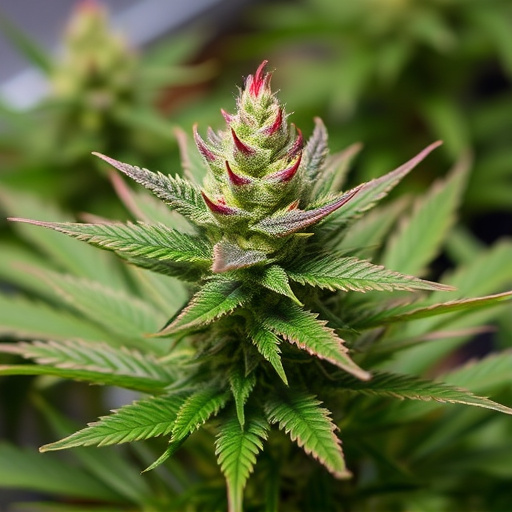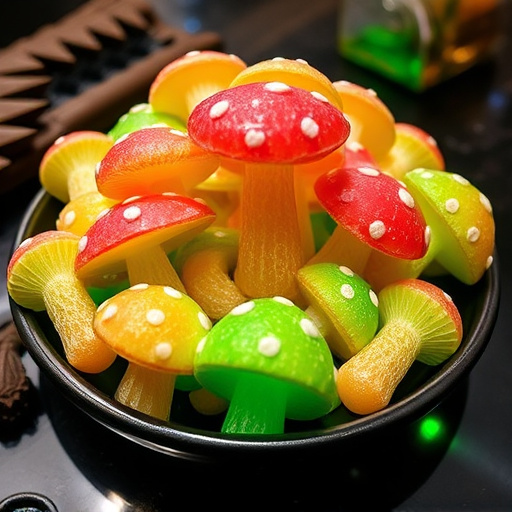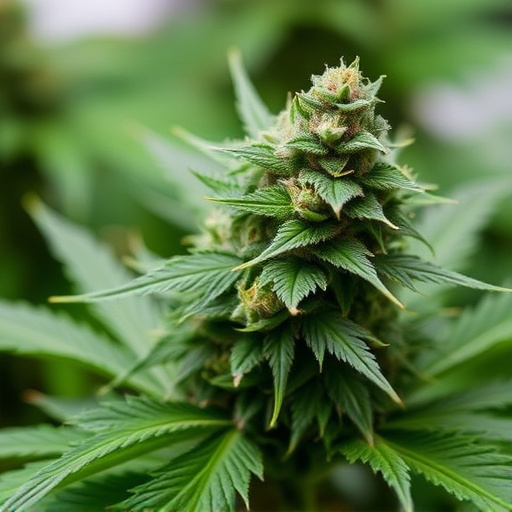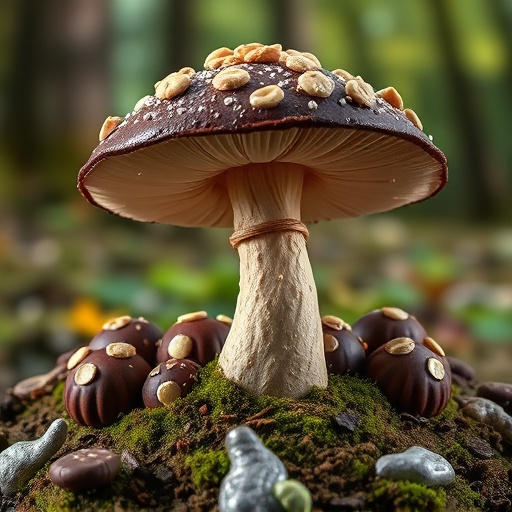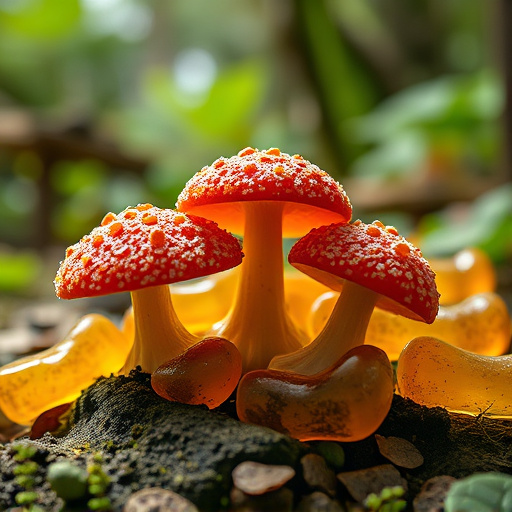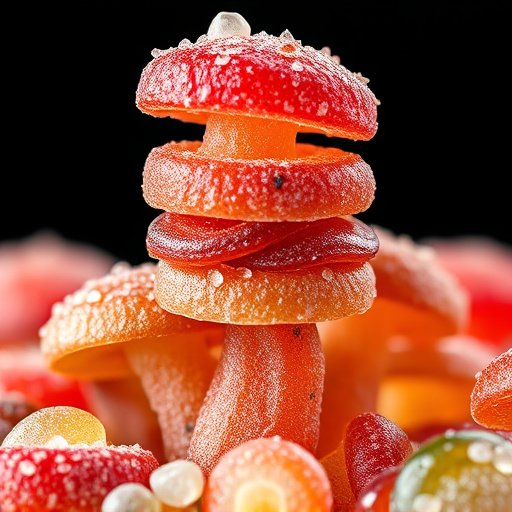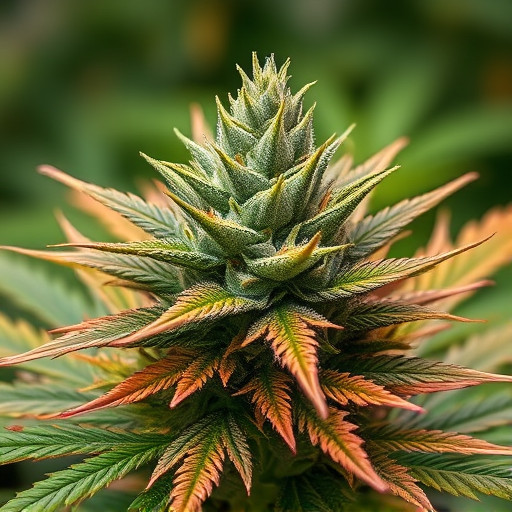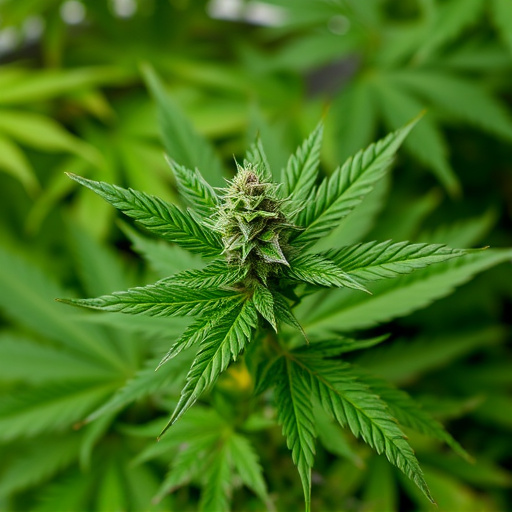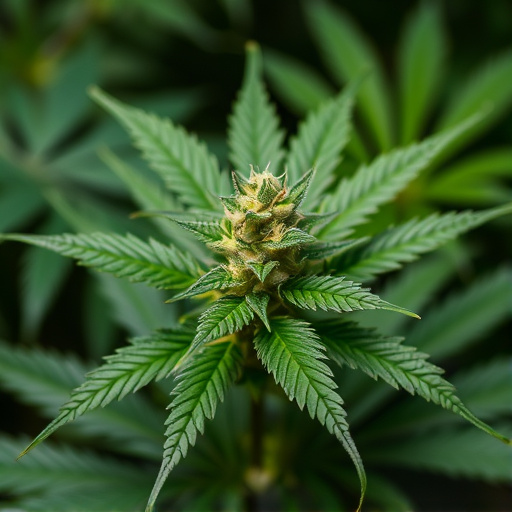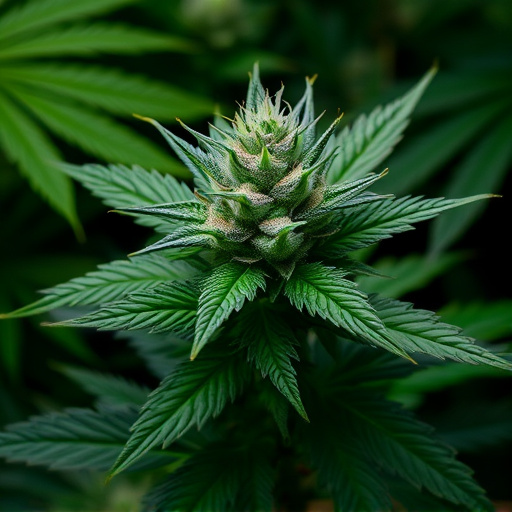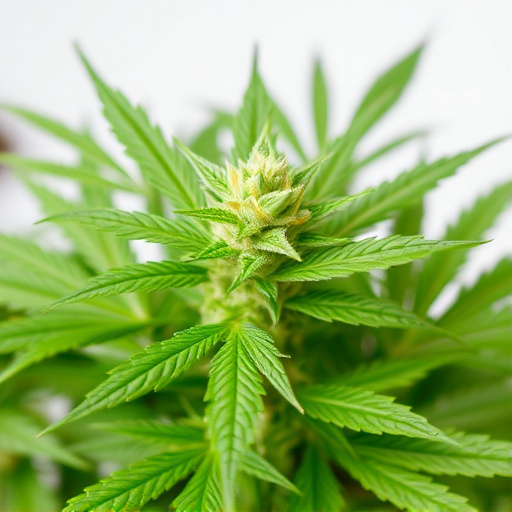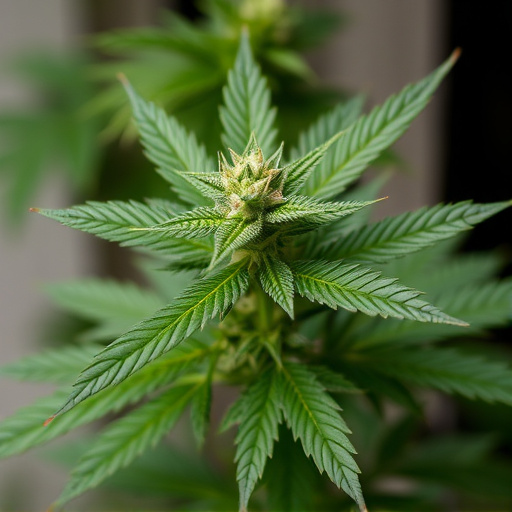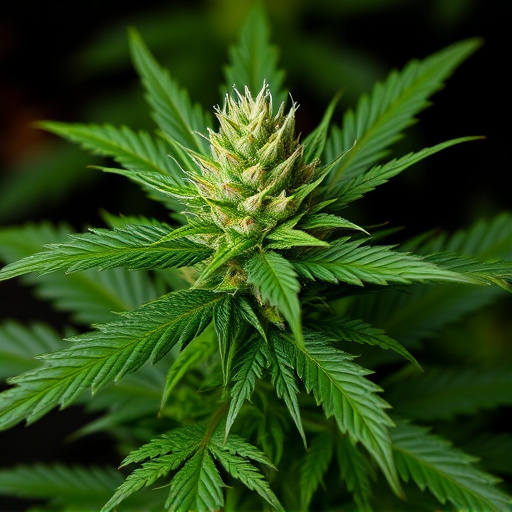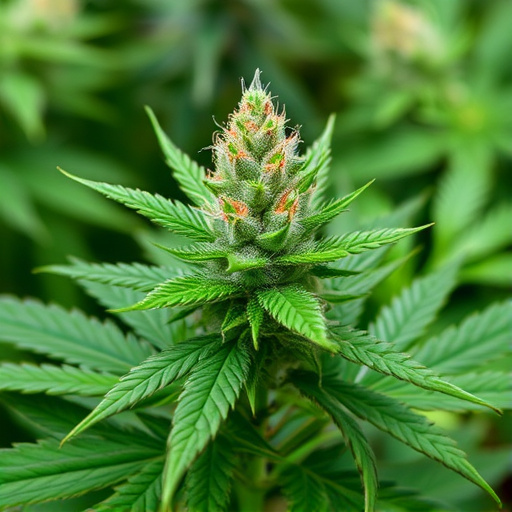Vaporization of cannabis is a healthier alternative to burning, avoiding harmful combustion byproducts and offering rapid relief for ADHD symptoms. Choosing the right strain and consumption method—vaporizers, smoking, edibles, tinctures, or topicals—is crucial for effective and safe cannabis use in managing ADHD. These options cater to individual preferences and needs, providing diverse ways to incorporate cannabis strains for ADHD into daily routines effectively.
“Unraveling the complexities of cannabis consumption methods is key to understanding its therapeutic potential, especially for conditions like ADHD. This article delves into the world of diverse smoking techniques, exploring their unique effects on health and overall experience. We compare vaporization’s gentler approach against the traditional burning method, weighing the benefits and drawbacks. Furthermore, we examine alternative delivery systems such as edibles, tinctures, and topicals, shedding light on how they can enhance cannabis’ therapeutic properties for ADHD management.”
- Vaporization vs. Burning: The Health Impact of Different Smoking Methods
- Cannabis Strains for ADHD: How Consumption Method Affects Efficacy
- Exploring Alternative Delivery Systems: Edibles, Tinctures, and Topicals
Vaporization vs. Burning: The Health Impact of Different Smoking Methods
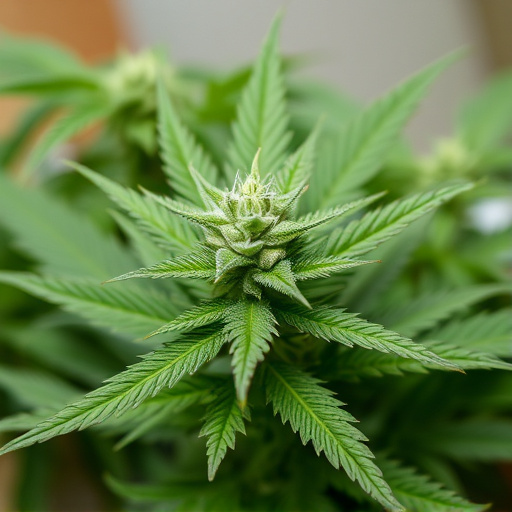
Vaporization and burning are two distinct methods of consuming cannabis, each with its own set of health implications. Vaporization involves heating cannabis to a specific temperature, typically below 230°C (446°F), which releases volatile compounds into vapor. This process avoids the combustion byproducts associated with burning, significantly reducing exposure to harmful chemicals like tar and carbon monoxide. As such, vaporizers are often considered a healthier alternative, especially for those using cannabis to manage conditions like ADHD, as it can deliver medicinal effects without exposing users to the same level of potentially damaging substances.
In contrast, burning cannabis releases a wide range of compounds, including many that are toxic or cancer-causing. While some argue that modern smoking methods and filters mitigate these risks, the combustion process inherently introduces more noxious elements into the body compared to vaporization. This difference is particularly relevant when considering the growing popularity of cannabis strains known for their high THC content, as well as the potential long-term effects on respiratory health. Thus, choosing a vaping method over burning can offer several health benefits, especially for individuals seeking relief from ADHD symptoms through cannabis use.
Cannabis Strains for ADHD: How Consumption Method Affects Efficacy
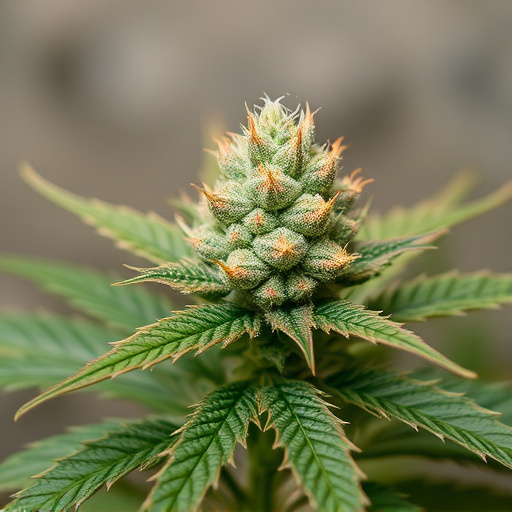
For individuals seeking relief from Attention Deficit Hyperactivity Disorder (ADHD) symptoms, understanding the interplay between cannabis strains and consumption methods is paramount. Different cannabis strains offer varied chemical profiles, with some containing higher levels of THC, CBD, or both, each potentially affecting ADHD management differently.
When considering cannabis strains for ADHD, the method of consumption can significantly impact efficacy. Inhaling cannabis through vaporizers or smoking offers rapid effects, allowing for precise dosing and immediate symptom relief. This method is particularly appealing for those needing quick adjustments during the day. Alternatively, edibles provide a slower, more prolonged effect, which may be beneficial for maintaining consistent focus over extended periods. However, edibles require careful dosage calculation to avoid overwhelming the system. As such, choosing the right cannabis strain and consumption method depends on individual preferences, symptom severity, and desired effects.
Exploring Alternative Delivery Systems: Edibles, Tinctures, and Topicals
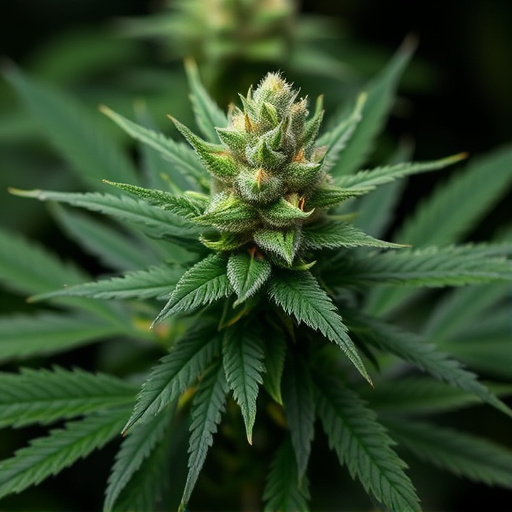
In the realm of cannabis consumption, exploring alternative delivery systems has become increasingly popular, especially for those seeking relief from various conditions like ADHD. Beyond traditional smoking methods, edibles, tinctures, and topicals offer unique ways to experience the benefits of cannabis strains. Edibles, such as gummies or capsules, provide a discreet and often longer-lasting high compared to smoking, making them appealing for those looking to manage symptoms over an extended period. Tinctures, which are concentrated extracts mixed with a carrier oil, offer precise dosing and can be easily incorporated into daily routines or used as needed for relief from stress, anxiety, or ADHD symptoms.
Topicals, on the other hand, are applied directly to the skin and provide localized effects without the full-body high associated with ingestion. These products are ideal for targeting specific areas of discomfort or inflammation. For individuals looking to alleviate ADHD-related restlessness or mental clutter, topicals can offer a targeted solution, allowing them to focus on tasks at hand while experiencing the soothing benefits of cannabis without the cognitive impairment that may be associated with other consumption methods. This diverse range of delivery systems caters to different preferences and needs, ensuring that consumers can find the best way to incorporate cannabis into their routines for conditions like ADHD in a manner that suits them best.
In exploring different smoking methods and their impact on health and efficacy, particularly in the context of cannabis strains for ADHD treatment, it’s clear that alternative delivery systems are gaining prominence. Vaporization, edibles, tinctures, and topicals offer unique benefits, from reduced health risks to precise dosing, providing a more tailored approach to symptom management. By understanding the advantages of these methods, individuals with ADHD can make informed decisions, enhancing both their quality of life and treatment outcomes.

